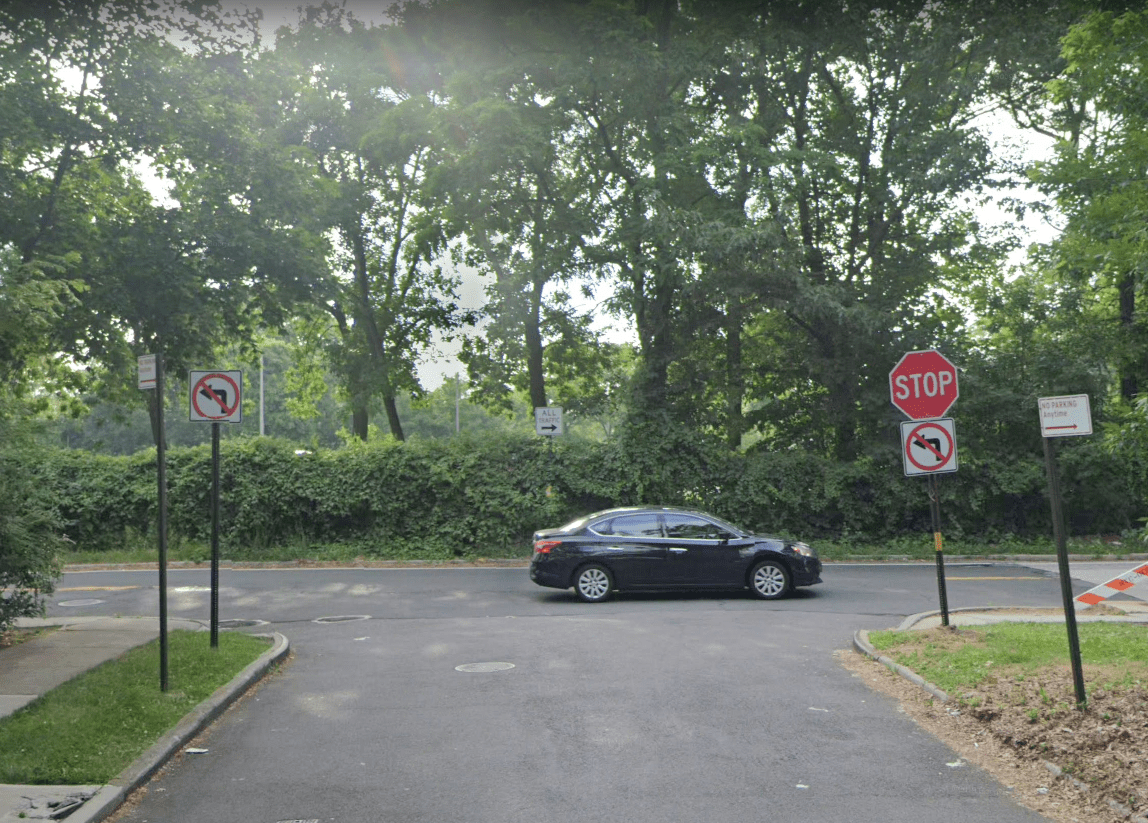A dangerous intersection in Glen Oaks will get a much-needed traffic light this summer, according to the Department of Transportation.
An agency spokesperson confirmed that DOT would install the traffic calming device at the Grand Central Parkway and 267th Street. Patch reported that the intersection is a notorious “blind spot” and that drivers often ignore a posted sign that prohibits left turns from 267th Street onto the parkway.
“Following requests from community residents, DOT studied this intersection and found that it qualified for a traffic signal. The signal is scheduled for installation in June,” a DOT spokesperson said.
According to city data, a crash in 2017 resulted in one motorist death and two injuries. There is an existing stop sign at this intersection, which is down the road from North Shore Towers.
DOT conducts an intersection control study in order to determine if a location is eligible for a traffic light or a multi-way stop sign. The multi-step process involves the following:
- DOT checks agency records on the location to look for things like sign orders, pavement marking orders and school maps.
- An inspector conducts a field investigation to create a Conditioned Diagram of the location, which includes street and sidewalk widths, street directions and distance to the nearest traffic control device.
- DOT puts together a Field Observation Report that records drivers’ compliance with existing traffic controls and speed limit violations.
- Manual counts of the numbers of vehicles and pedestrians during morning and evening rush hours.
- The agency may install Automatic Traffic Recorders (ATRs) that collect hourly vehicle volumes over several weekdays or weekends.
- At school crossings, DOT determines the number of safe crossing opportunities for children.
- Sometimes, DOT conducts spot speed studies to find the speed at which 85 percent of vehicles are traveling at or below when they approach the location.
- A review of the NYPD Accident Index System and individual accident reports for the location.
Once the agency has collected the appropriate data, they must determine if it fits the federal standards or “warrants” to determine if a traffic signal or multi-way stop is appropriate. If data does not meet the standards, DOT will not install these traffic calming measures and will instead find other ways to improve traffic conditions.

































